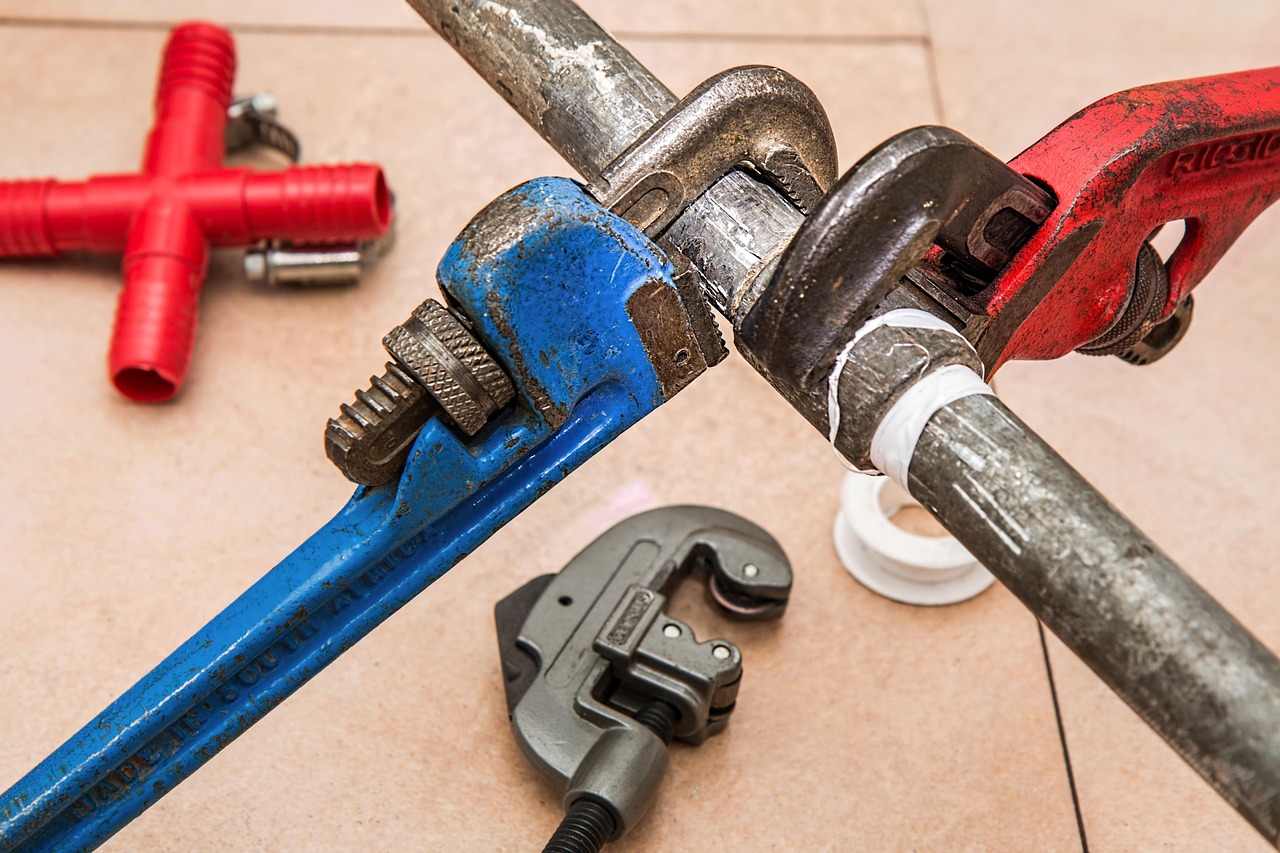New lighting fixtures can dramatically transform your home’s ambiance and style, with chandeliers and pendant lights being particularly popular choices for making a design statement. However, when it comes to installation, homeowners often debate whether to tackle the project themselves or hire a professional electrician. This article will help you understand the complexity involved in chandelier installation, evaluate your DIY skills against professional expertise, review essential safety precautions, and determine when it’s best to leave the job to qualified electricians.
Understanding the Complexity of Light Fixture Installation
Installing a chandelier or pendant light involves more than simply attaching a fixture to your ceiling. The complexity varies significantly depending on whether you’re replacing an existing fixture or installing one where no wiring currently exists. When replacing an existing light, the task is generally more straightforward as the electrical box and wiring are already in place. However, the process becomes considerably more complex if you’re installing a new fixture in a previously unwired location, which may require running new wiring through walls and ceilings and installing a new electrical box.
Weight is another critical factor that impacts the complexity of chandelier installation. Larger chandeliers can weigh 50 pounds or more, requiring special mounting hardware and potentially structural reinforcement of your ceiling. Standard electrical boxes typically support fixtures up to 50 pounds, but heavier installations demand specialized support systems that connect directly to ceiling joists. Pendant light hanging guide resources often fail to emphasize how crucial proper support is for preventing dangerous situations down the road.
Electrical Work and Wiring Considerations
The electrical aspects of lighting installation require careful attention to detail and knowledge of electrical codes. Even in a replacement scenario, you’ll need to identify and connect the correct wires – typically a black hot wire, a white neutral wire, and a green or bare copper ground wire. Errors in wiring can lead to shorts, electrical fires, or fixture malfunction, underscoring the importance of electrical safety during lighting install projects.
If your installation involves relocating a fixture or adding a new control method such as a dimmer switch, the complexity increases significantly. These modifications require additional wiring work and possibly installing new switches, which might be beyond the skill level of many DIY enthusiasts. Similarly, ceiling fan installation with integrated lighting presents unique challenges, including special mounting requirements and more complex wiring configurations for separate fan and light controls.
DIY Lighting Installation: Required Skills and Tools
For those considering the DIY approach to chandelier installation, an honest assessment of your skills is essential. At minimum, you should feel comfortable working with hand tools, understanding basic electrical principles, and following wiring diagrams. You must also be willing to turn off power at the circuit breaker (not just the switch) and verify power is off using a voltage tester before beginning work.
The tool requirements for pendant light hanging include wire strippers, screwdrivers, pliers, a voltage tester, and often a sturdy ladder. More complex installations may require fishing tape to pull wires through walls, a stud finder to locate ceiling joists, and power drills for mounting hardware. Beyond tools, DIY installation demands sufficient physical ability to work overhead, sometimes for extended periods, while manipulating a potentially heavy fixture.
When to Hire a Professional Electrician
Despite the appeal of saving money through DIY installation, there are clear scenarios when hiring an electrician for light fixture work is the wisest choice. Any installation requiring new wiring, circuit modifications, or structural changes to accommodate heavier fixtures should be handled by professionals. Similarly, high ceilings that require specialized equipment for safe access are best left to experts with proper tools and experience.
Local building codes often require licensed electricians for certain types of electrical work, and non-compliant installations can create insurance issues if problems arise. Professional electricians from AskHomey bring not only technical expertise but also knowledge of code requirements and safety protocols that protect your home and family. They can also address complications that might arise during installation, such as discovering outdated wiring or insufficient support structures.
Safety Precautions for All Lighting Installations
Whether you choose the DIY route or hire a professional, understanding safety precautions is critical. Always shut off power at the circuit breaker before beginning any electrical work, and verify with a voltage tester that power is truly off. Avoid working on metal ladders or in wet areas, and never attempt to support a fixture by its wiring during installation.
For chandeliers and heavier pendant lights, proper mounting is crucial to prevent the fixture from falling. This means ensuring the electrical box is rated for the weight and properly secured to structural elements in the ceiling. Temporary support during installation, such as having a helper hold the fixture or using an adjustable support pole, can prevent accidents and damage to both the fixture and your home.
Making the Final Decision: DIY vs. Professional Installation
When weighing the chandelier installation DIY vs pro question, consider not just the immediate cost savings but also the value of your time, the cost of tools you might need to purchase, and the potential for expensive mistakes. While simple replacements might be reasonable DIY projects for those with basic electrical knowledge, more complex installations involving new wiring, structural modifications, or high ceilings often justify professional intervention.
Remember that lighting fixtures are both functional necessities and design statements in your home. A poorly installed chandelier or pendant light can detract from its aesthetic impact and potentially create safety hazards. When in doubt, consulting with a professional electrician can help you understand the specific requirements of your project and make an informed decision about whether to proceed on your own or seek expert assistance.
For more tips and to connect with reliable home service professionals, follow AskHomey on Facebook and Instagram.



